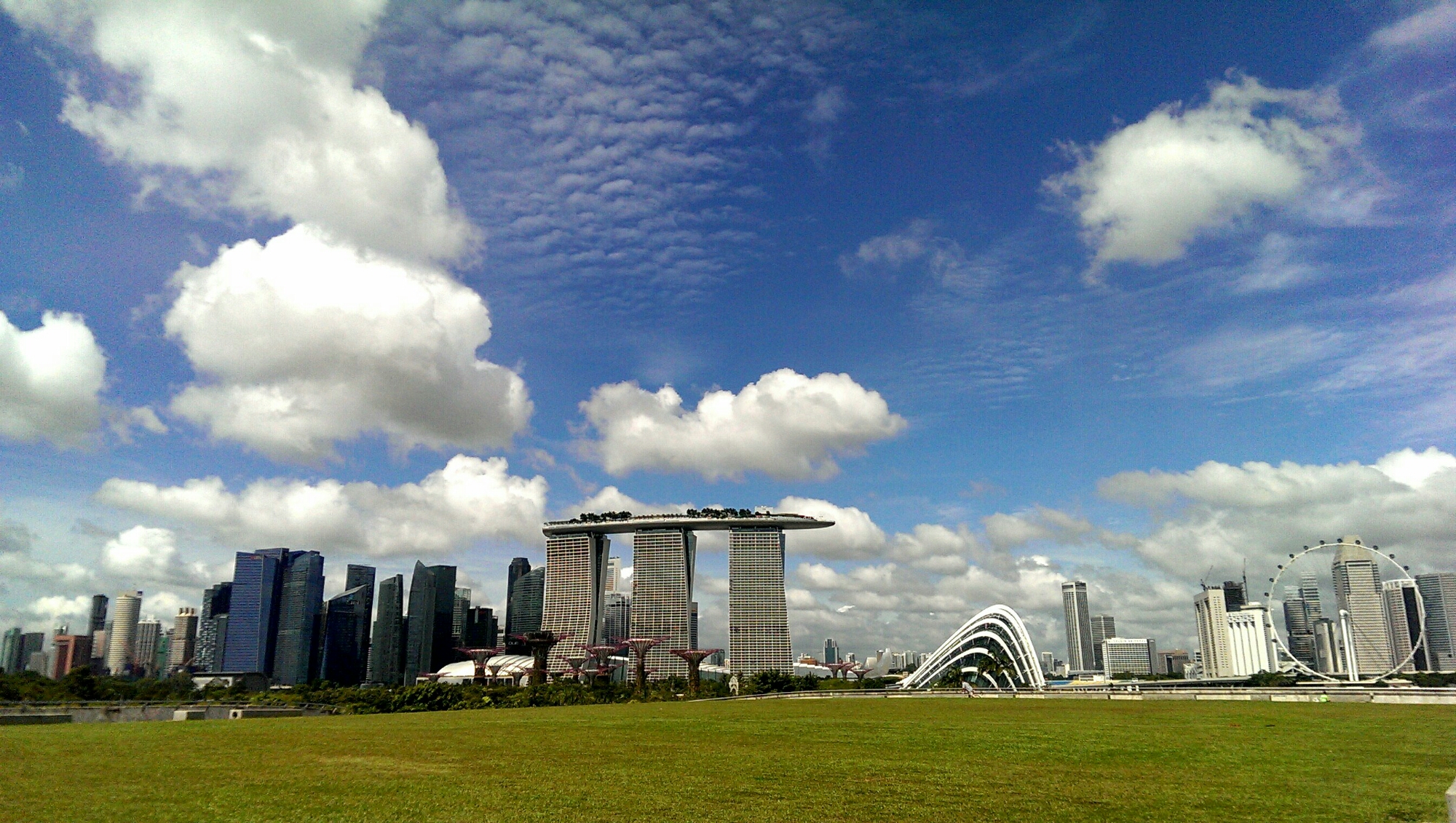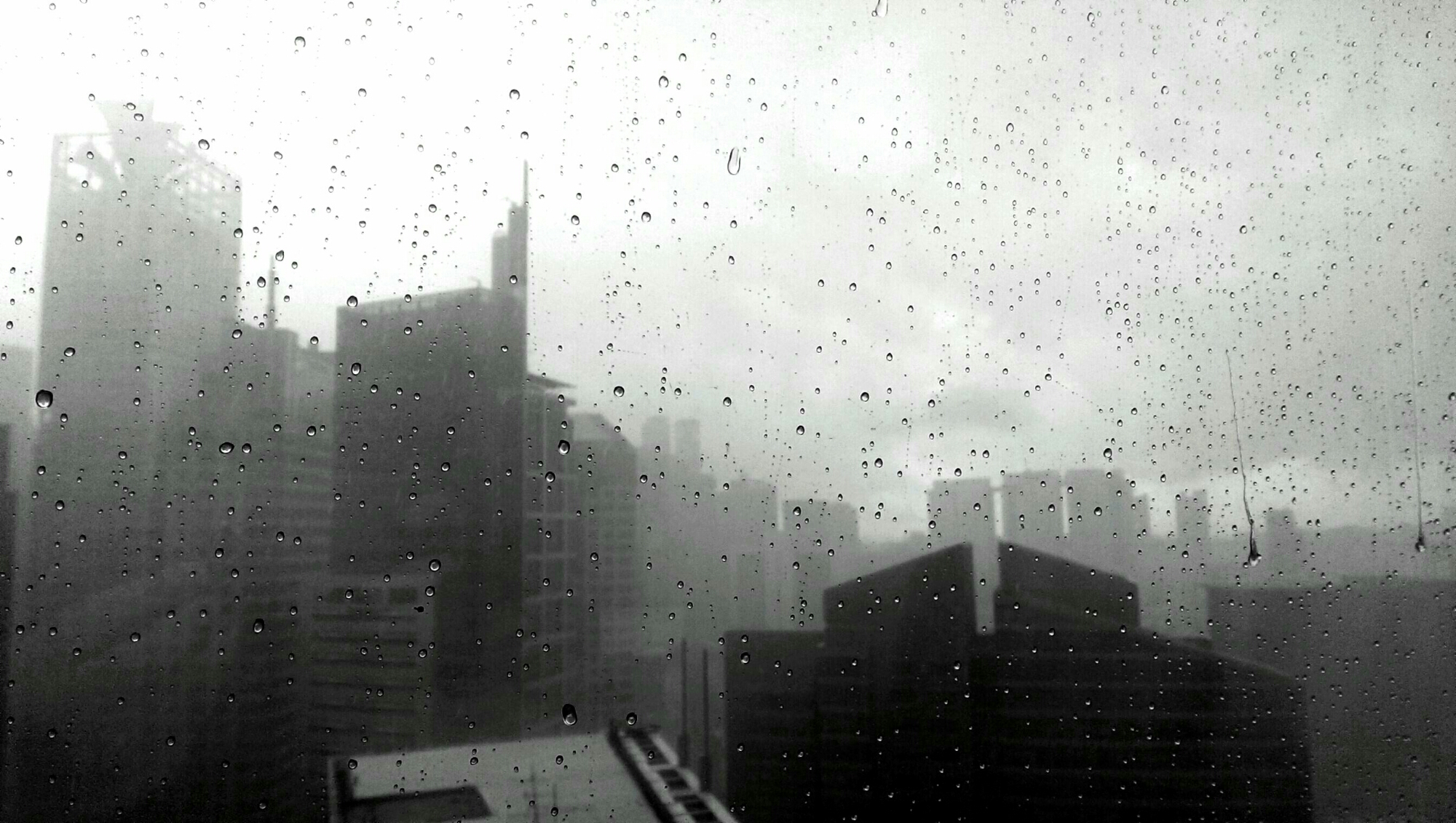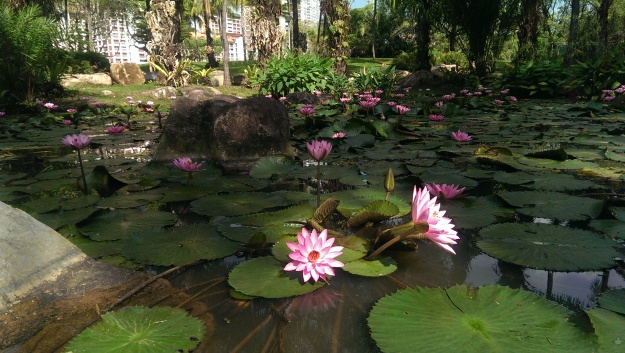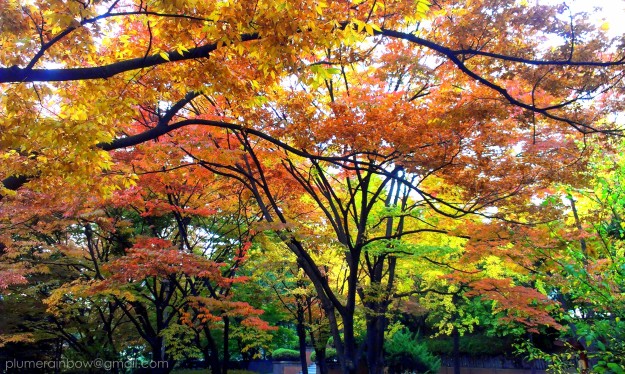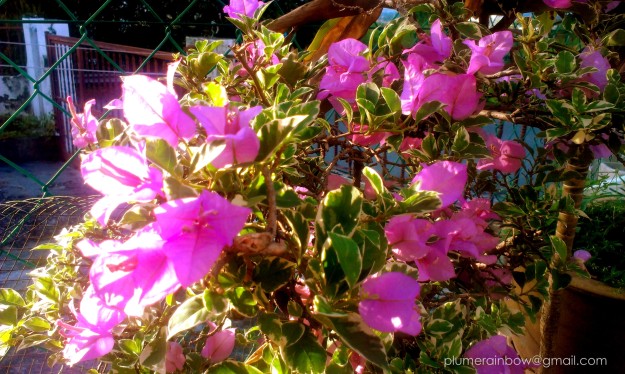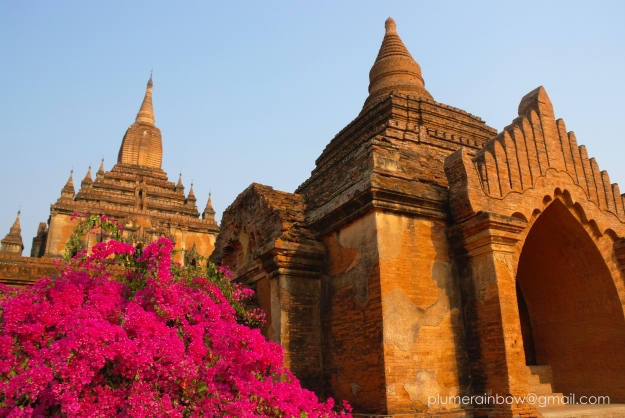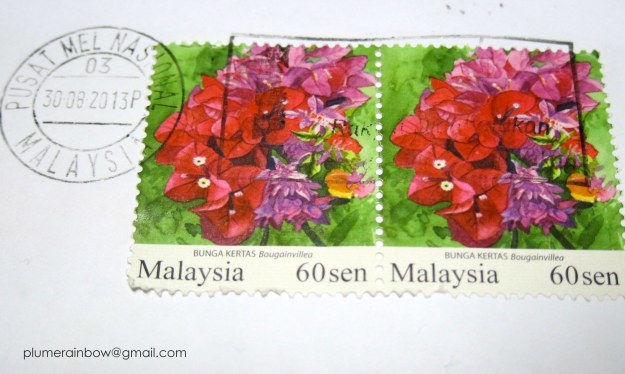Recently someone complained to me. The complaint wasn’t so much that a task was too difficult. Rather it was, “because I don’t like to do it”. In another instance, I asked someone a decade younger than me, “What do you do on weekends?” The reply was “Sleep”. I hope you were joking!
It has come to my realisation that the world probably does not have stupid people. Rather it has people who lack interest. Boredom is nothing but a lackadaisical attitude.
Often, the saying goes, “Do what you love.” “Pursue your passion.” Love and passion are very strong words. That fire in the heart may not come naturally to everyone. It just seems too idealistic and elusive to be true. Also, it is as if there is only the one thing that is your love and passion. Identifying something so precise may not be so easy for everyone.
Rather, I would advocate keeping a light heart, a sense of curiosity in whatever it is you are doing, whether it is work, play, or something very difficult or something routine that needs to be done nonetheless. It is hard to keep a light heart; perhaps with growing age the heart has become hardened with calluses of cynicism. Or perhaps the heart is weighed down by the many disappointments and pains in the journey of life. Or perhaps it is simply because we have become lazy. Too complacent and too used to the comfort of familiarity. Therefore when a challenge arises, instead of viewing it as an opportunity to learn, we see it as an unwelcomed obstacle. On the flip side, easy tasks become a chore. But doing something reluctantly makes what appears to be a menial task even more of a drudgery. So why let negative thoughts ball chain our hearts unnecessarily. Why not turn the task on its head upside down, give it a spin and take it on with a fresh new angle.
Most of us would have heard of the “glass half full, glass half empty” saying. Rationally, we know what that means: “It is your attitude or perception that makes the difference.” But just because we are intellectually capable of understanding a concept doesn’t mean that our heart is willing or accepting. How do we get there?
Keeping a light heart is to keep an open mind. The mind does not open up by itself, nor is it forced open by mere logic or rationalisation. Like a door with a rusty hinge, it needs to be slightly oiled, nudged a little, and eased into action. Like how rust has set stubbornly on the door hinge because moisture has been allowed to build up on the surface of metal, the mind is too set into thinking in a certain way because we have allowed it to. So undoubtedly it will be a slow process to reverse that. Take these tiny but incremental steps. Like daily pennies put into a piggy bank. Over time, like all other accumulated sensibilities, it becomes intuitive and instinctive.
An open mind doesn’t necessarily absorb everything that comes its way. Rather, it is curiosity in its basest form, like that of a child’s innocent sense of wonder. An open mind does not immediately say no or yes. Instead it asks questions: Why? How? Why not? It takes its time to get the answers. There is no rush or hurry.
Because there is no rush or hurry, you will feel more sure of yourself when you finally arrive at the answer.
Confidence is a quality that effuses outwardly. Yet, it is built upon a journey of discovery – and acceptance – of the inner self.
That journey is lonely but necessary. That is why it is also important to keep yourself in good company. Buddies who egg you on to challenge yourself, who psych you up, who encourage you to do the things that you once thought is too difficult, who believe in you more than you yourself. Receive the pep talk and compliments openly. And don’t forget to return it or pay it forward.
This post may sound like I am preaching. Actually, I am writing a letter to my younger self.
Keep a light-hearted curiosity in whatever it is that you do. I liken that curiosity to locating an imaginary itchy spot that you want to give a good scratch to. Maybe that spot is in a corner of the brain. This approach of a constant sense of curiosity may just be the key to identifying what ignites the inner flame, not just necessarily for any particular thing, but for life in general. The next time you notice an itchy corner of the brain, don’t be afraid to find the spot and scratch it. Lightheartedly.

